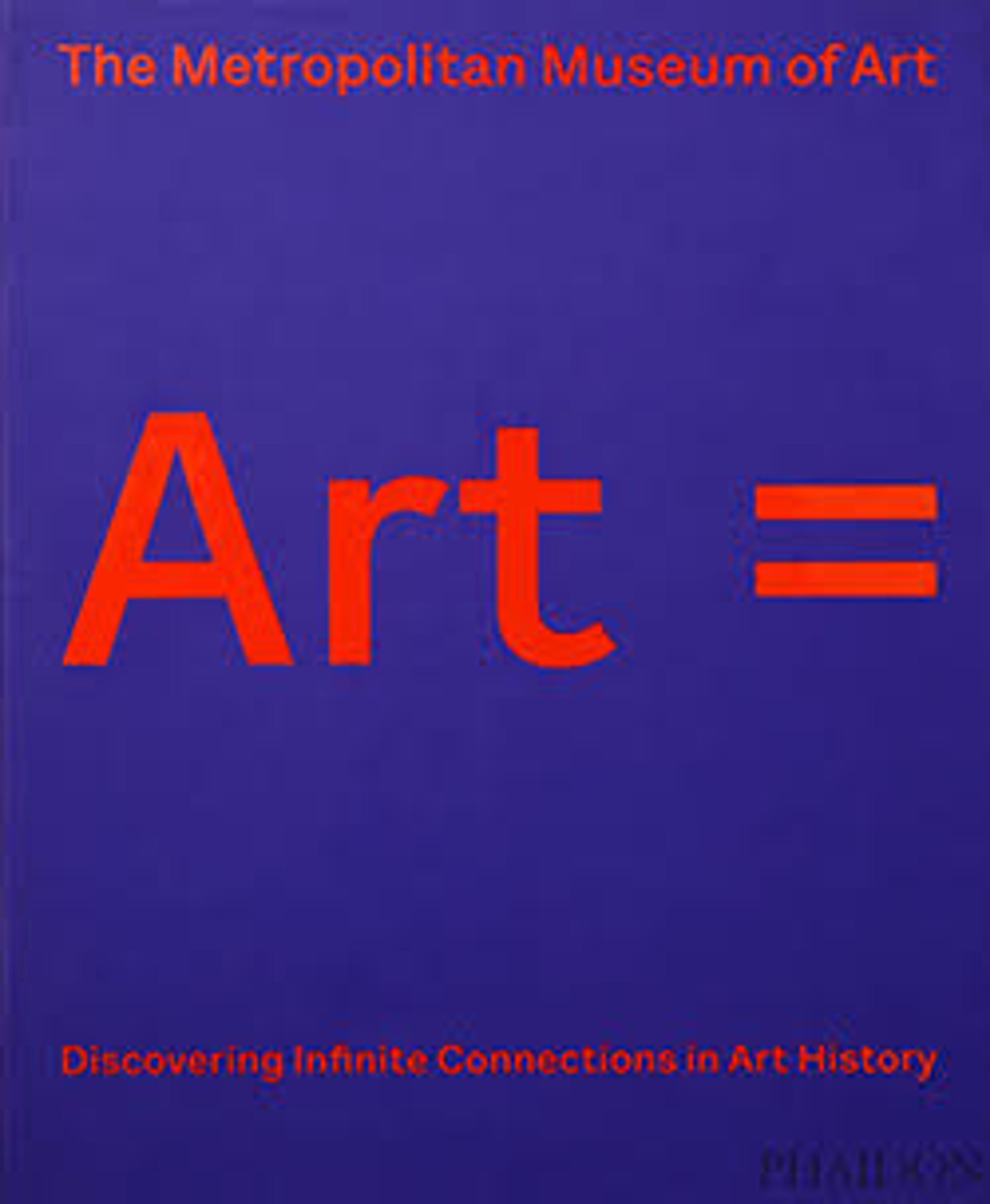The Pink Dress (Albertie-Marguerite Carré, later Madame Ferdinand-Henri Himmes, 1854–1935)
The fashionable portraitist Jacques-Emile Blanche witnessed this painting being made at the Villa Fodor, the family home of Marguerite Carré, the sitter: "One day, she [Morisot] painted before my eyes a charming portrait of Mlle Marguerite in a light pink dress; indeed, the entire canvas was light. Here Berthe Morisot was fully herself, already eliminating from nature both shadows and half-tones." But the painting required several sessions, since Morisot "constantly changed her mind and painted over what she had done once the session was at an end . . . ." The Pink Dress is one of the artist's few surviving early works.
Artwork Details
- Title: The Pink Dress (Albertie-Marguerite Carré, later Madame Ferdinand-Henri Himmes, 1854–1935)
- Artist: Berthe Morisot (French, Bourges 1841–1895 Paris)
- Date: ca. 1870
- Medium: Oil on canvas
- Dimensions: 21 1/2 x 26 1/2 in. (54.6 x 67.3 cm)
- Classification: Paintings
- Credit Line: The Walter H. and Leonore Annenberg Collection, Bequest of Walter H. Annenberg, 2002
- Object Number: 2003.20.8
- Curatorial Department: European Paintings
Audio
6366. The Pink Dress (Albertie-Marguerite Carré, later Madame Ferdinand-Henri Himmes, 1854–1935)
0:00
0:00
We're sorry, the transcript for this audio track is not available at this time. Please email info@metmuseum.org to request a transcript for this track.
More Artwork
Research Resources
The Met provides unparalleled resources for research and welcomes an international community of students and scholars. The Met's Open Access API is where creators and researchers can connect to the The Met collection. Open Access data and public domain images are available for unrestricted commercial and noncommercial use without permission or fee.
To request images under copyright and other restrictions, please use this Image Request form.
Feedback
We continue to research and examine historical and cultural context for objects in The Met collection. If you have comments or questions about this object record, please complete and submit this form. The Museum looks forward to receiving your comments.
